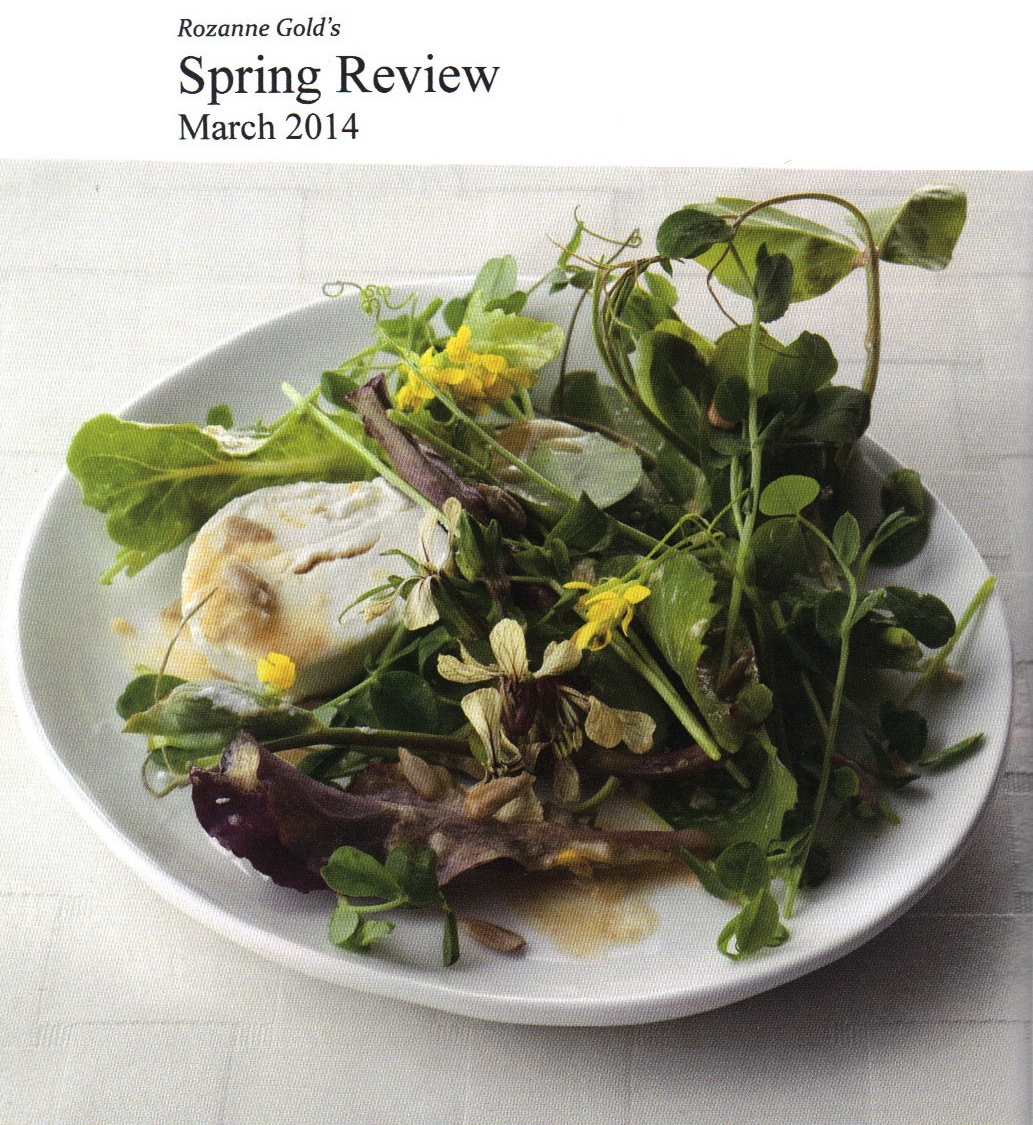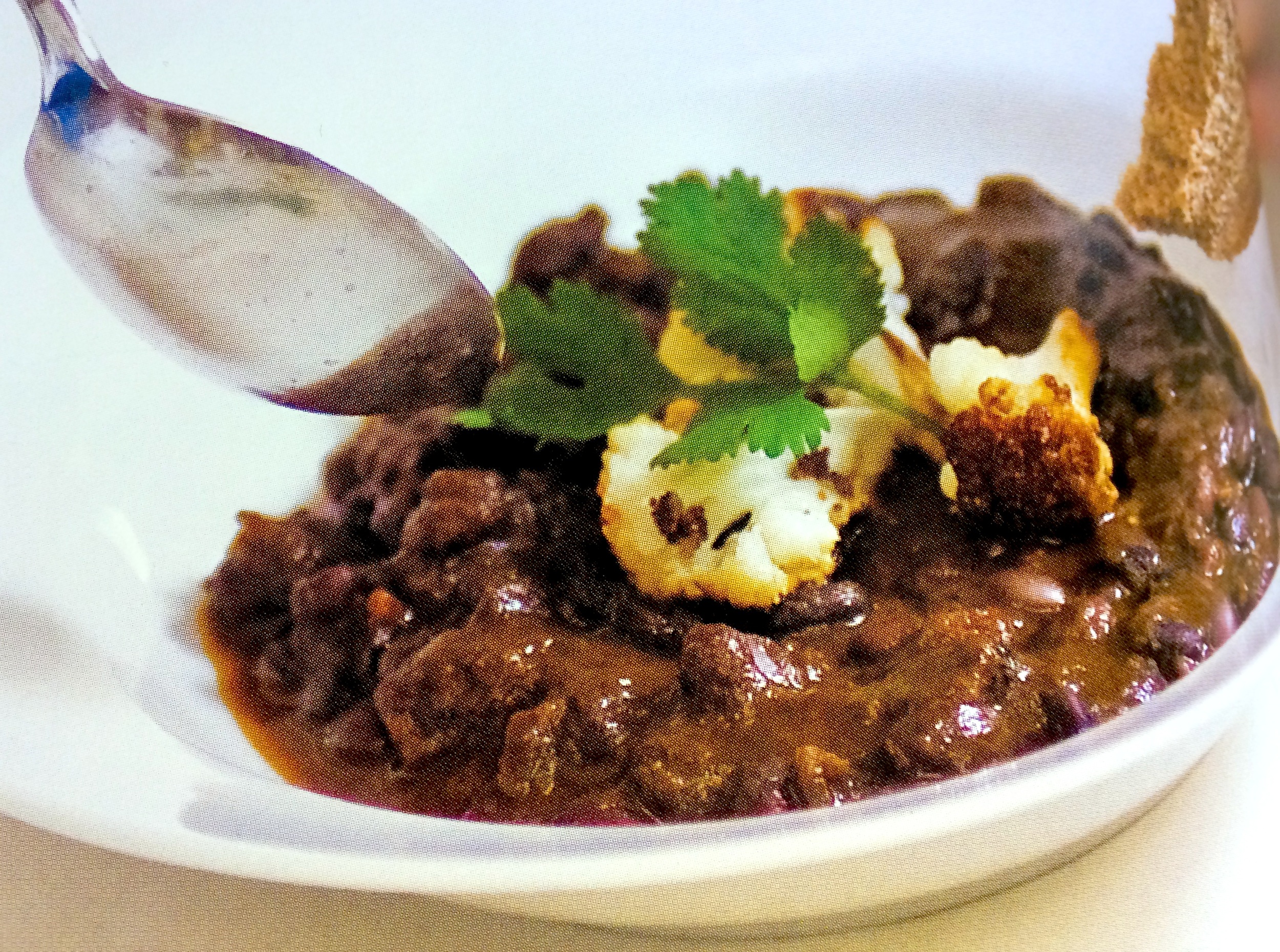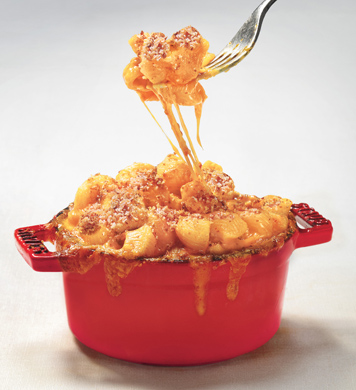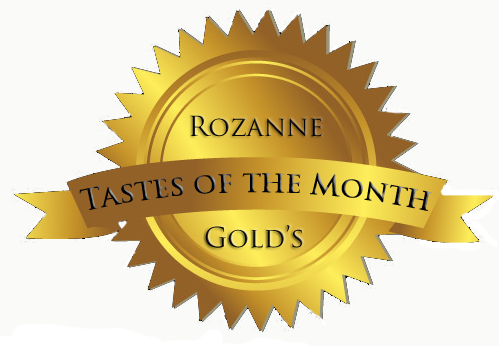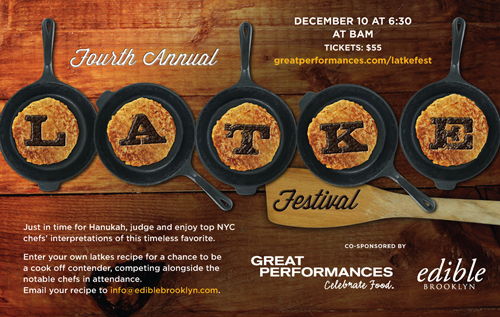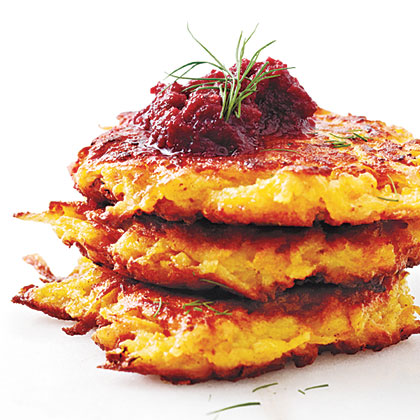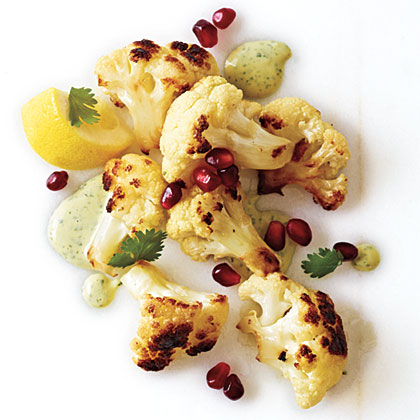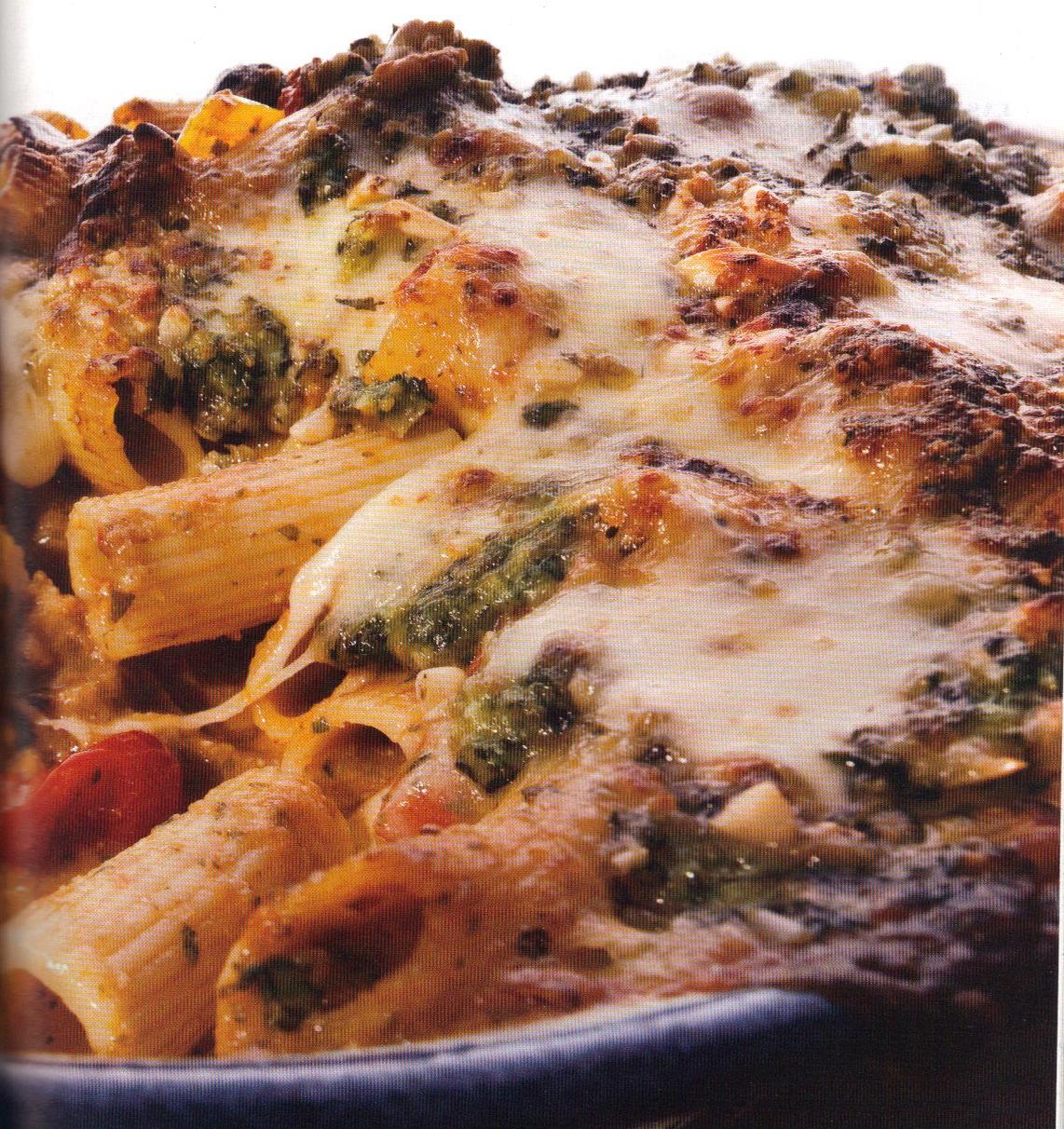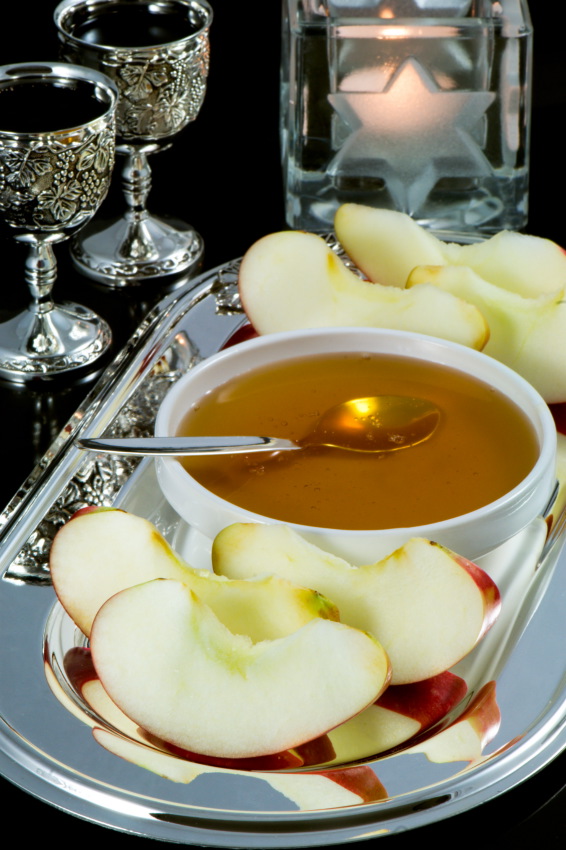At the end of every year, platoons of food professionals -- consultants, chefs, writers and research firms -- race to predict the trends that will influence foodies all over America and ergo the world. According to Carol Tice from Forbes, the forecast released in mid-November by Baum+ Whiteman international restaurant consultants, was "one of the most fascinating." You can check out their full report of 11 dining trends plus 22 hot restaurant buzzwords for 2015 here.
Although I am married to Mr. Whiteman, his prognostications were unknown to me until they were released on Nov. 11th. The trends sit in telling categories: how the importance of technology will profoundly change the way restaurants function; how the notion of authenticity has less relevance, and how our lust for new and different has resulted in "restless palate syndrome" -- meaning that we can't leave simple food alone. One upon a time we liked salty, sweet, spicy, smoky, fatty and bitter flavors -- but now we want them all at once. In other words, "too much ain't enough."
The report, picked up by an Arabic newspaper, focuses on the importance of hummus, which Whiteman says, is probably the most mispronounced word in our country's food vocabulary. It gobbles up shelf space in our supermarkets because of a profusion of flavors added to what simply is a chickpea dip eaten in Israel and Arab countries. It now comes in dizzying variations including red pepper, chimichurri, lemongrass-chili and even chocolate mousse! (I've recently discovered a hummus ice cream in Tel Aviv).
Or take beer. Cocktails with beer are finding favor in trendy bars. Meanwhile, Micheladas are creeping up on us. Micheladas are Mexican beer concoctions that invite you to dump in all manner of spices -- bloody Mary mix, chipotle-tomato juice, soy sauce, beef broth and tequila ...you get the idea: beer for restless palate people who've become blase about just a pint of IPA.
They also note in their predictions that honey is being "enhanced" with ghost peppers; that bourbon is being flavored with honey and chili pepper or with pumpkin pie spices; that while the fixation of everything-bacon may be abating, now there's 'ndjua, a light-up-your-mouth spreadable sausage from Calabria that's finding its way onto pasta, melted over pork chops, even blended into vinaigrettes as sauces for fish. "If bold flavors are a trend" they say, "this eye-stinging, red-peppered mushy salami is next year's bold flavor."
Do strawberries taste sweeter on a black plate or a white plate? On a square plate or a round plate? Their forecast about "neurogastronomy" -- how your mind and body can be manipulated to enhance how you sense and taste food --is required reading. So is their comical rant about overpriced avocado.
Among their predictions: The death of tipping, and a reduction in the vast earnings gap between tipped waiters and low-paid cooks and dishwashers; fine dining chefs ditching flowers, linens, reservation systems and expensive china, instead going downscale to develop fast-casual restaurants; insects as food as we search for renewable sources of proteins; savory ice creams and yogurts as consumers realize how much sugar they're getting in sweetened cold treats; the war on waste is gaining traction; pistachios will be the nut of the year; authentic Jewish delis and also Jewish-ethnic mashups; savory waffles and waffle sandwiches; matcha (green tea powder) in fancy beverages and even seafood stocks and sauces; night markets, building on food truck rodeos, growing around the country with multi-ethnic festivals that bring thousands to riverfronts and public squares.
In their trend called "Soda Fountain Crashes the Bar," Baum+Whiteman sees childhood treats boozed up as adult shakes and smoothies with bourbon, gin, Frangelico, Galliano, Chartreuse.
Even coconut and cucumber waters, promoted as somehow being "purer," are being overlaid (or adulterated) with flavors like coffee and mango and with energy-boosting ingredients. Now maple water and birch sap are being tested.
Finally, clever computer programs now allow high-end restaurants to sell tickets for dinner rather than take reservations. Eating out could become as hateful as dealing with the airlines, the consultants say, with cancellation penalties and price shifting based upon demand for seats or time of day.
My adds? Cabbage. Food as medicine. Page oranges from Florida. Tahina is the new mayonnaise. It will come in as many colors (and flavors) as a box of crayons. See you in 2015.
You can also check out the National Restaurant Association's list for the coming year, Carol Tice's report from Forbes, and this article from Cosmopolitan.

